Japan passes China in the sprint to win Cambodian hearts and minds
Since 2010, Japan's foreign policy toward Cambodia includes a new geopolitical dimension of balancing China's influence in Cambodia, including strategies such as non-interference in Cambodia's domestic affairs and providing development assistance that aligns with the Cambodian government's development plan, focusing on infrastructure, human capital development, and agriculture. Japan has been relatively successful given the Cambodian population's mixed reactions to China's engagement in Cambodia. And it seems that Cambodia will continue to benefit from Japan's balancing-China strategy, as long as China-Japan rivalry stays manageable.
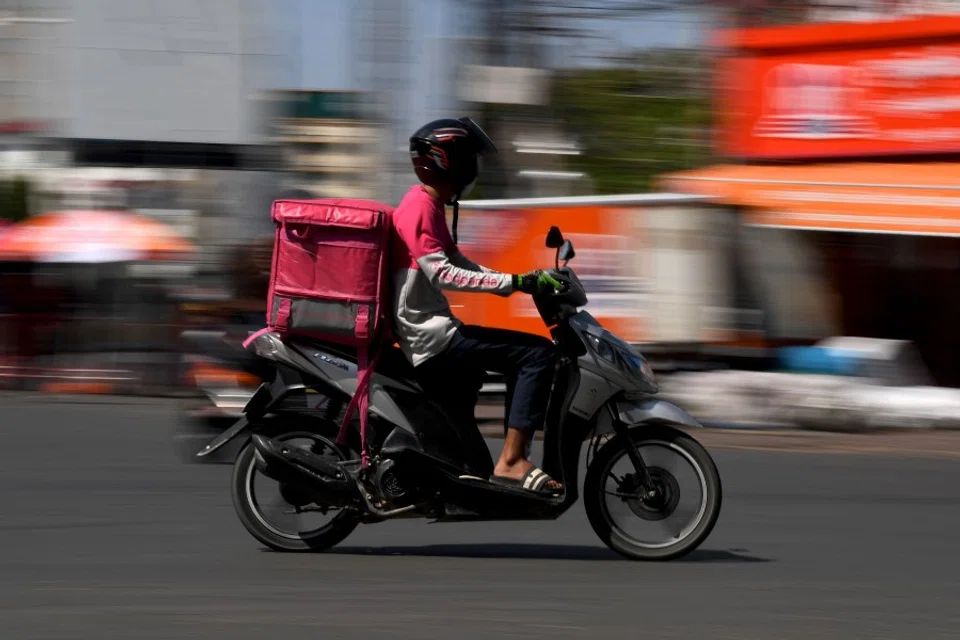
Since the end of the Cold War, Japan has actively engaged Cambodia in terms of development aid, trade and investment. Japan was Cambodia's biggest donor until it was surpassed by China in 2007. By around 2007, the rising intensity of China's engagement in Cambodia in terms of trade, investment and aid led Japan to recalculate its Cambodia strategy which shifted from mainly humanitarianism and economic interests to balancing China.
Japan's humanitarianism and economic interests in Cambodia
In the lead-up to the signing of the Paris Peace Agreements (PPAs) in October 1991, Japan played a key role in the search for a comprehensive political settlement to the Cambodian conflict and the reconstruction of Cambodia thereafter. First, Japan coordinated meetings between the warring Cambodian factions that added an impetus for the finalisation of the PPAs.
Second, during the implementation process of the PPAs, Japan assigned its top diplomat - Mr. Yasushi Akashi - to serve as head of the United Nations Transitional Authority in Cambodia, and contributed troops to the United Nations peacekeeping forces in Cambodia. They were the first Japanese soldiers to set foot on foreign soil since the end of World War II.
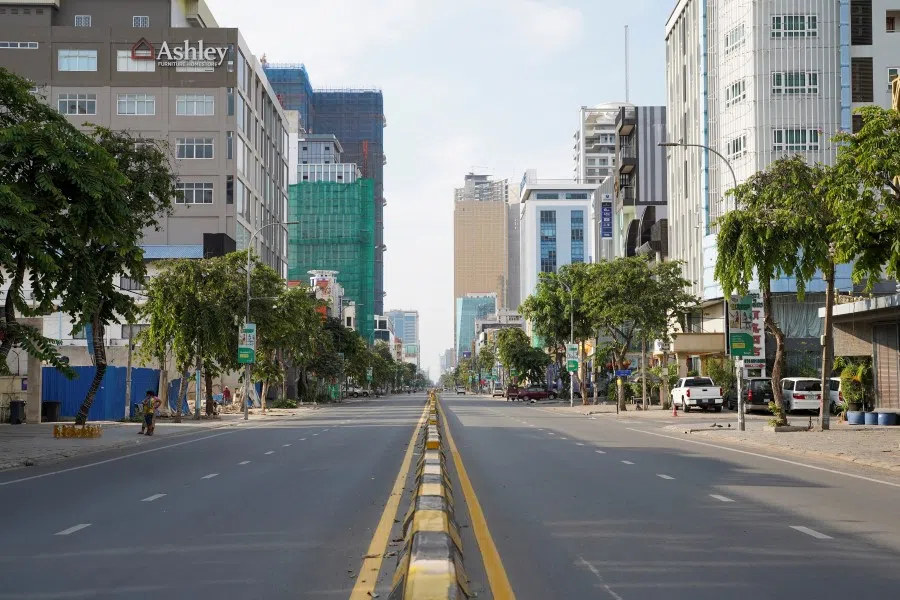
Third, following the implementation of the PPAs, Japan spearheaded the mobilisation of international resources for Cambodia's reconstruction. In 1992, Japan successfully convened the International Conference on the Reconstruction of Cambodia in Tokyo which kick-started its multi-billion dollar overseas development assistance (ODA) to Cambodia. The conference subsequently evolved into the Cambodian Consultative Group (CCG) that includes key Western donors and the World Bank, whose role is to mobilise and coordinate development assistance for Cambodia.
Japan was Cambodia's largest donor until it was surpassed by China in 2007 (see Table 1). By 2019, Japan's total accumulated assistance to Cambodia was US$2.9 billion, focused on infrastructure development, education and training, agriculture, and healthcare.
In Southeast Asia, nowhere is the intensity of China's aid, trade, investment and security cooperation more evident than in Cambodia. The two countries upgraded their relations to the level of Comprehensive Strategic Partnership in 2010.
Up until roughly 2010, as with its relations with Laos, Myanmar and Vietnam, Japan's close relations with Cambodia were to advance its economic interests through the promotion of trade and investment liberalisation, and consolidate Japan's vertically integrated production chain network in Southeast Asia. This production chain network resulted from Japan's response to the 1985 Plaza Accord in which the US pressured Japan to appreciate its currency to reduce its trade surplus with America. To maintain its export competitiveness, Japan relocated its investments to Southeast Asia, mainly to Indonesia, Malaysia, Singapore and Thailand where labour was cheap.
With the formation of the ASEAN Common Market (AEC), effective in 2015, as a single market and production base, ASEAN member states have become even more important to Japan's economy, serving not only as a depository of Japanese investments but also a market for Japanese products. Moreover, being situated between two rapidly growing and modernising economic giants, India and China, the AEC has become an increasingly significant site for production that attracts increased foreign investment in manufacturing based on the region's market segmentation and specialisation.

Japan balancing China's influence in Cambodia
Since the 2000s, as part of its going-out strategy, China has intensified its engagement with developing countries through aid, trade and investment. In Southeast Asia, nowhere is the intensity of China's aid, trade, investment and security cooperation more evident than in Cambodia. The two countries upgraded their relations to the level of Comprehensive Strategic Partnership in 2010.
Chinese aid to Cambodia increased from US$2.61million in 2000 to US$154.1 million in 2010 to US$420.56 million in 2020. China's bilateral trade with Cambodia has also increased exponentially from US$223.55 million in 2000, to US$1.44 billion in 2010, to US$9.43 billion in 2019; and it is expected to increase further following the signing of the Cambodia-China Free Trade Agreement in 2020. Sino-Cambodian military relations have also been close, as evidenced by ongoing Chinese military aid and training, and annual joint military exercises.
With a financial commitment of US$100 billion for financing the construction of roads, bridges and ports in Asia, FOIP ensures that Beijing's BRI is not the only game in town.
The ever-closer relations between Cambodia and China have spurred concern from Japan as well as the US. These countries are worried about the unchecked influence of China in a country, which has implications for the balance of power in the region.
In light of these developments, Japan has devised multi-pronged strategies to promote closer ties with Cambodia, with an eye towards countering China's influence. Bilaterally, Japan has continued to provide Cambodia with financial and technical assistance for education and training, healthcare, agriculture and infrastructure development. Japan's key infrastructure development assistance to Cambodia includes three major bridges and over 1,000 kilometres of roads. Cambodia also benefits from Japan's ASEAN connectivity projects in the form of trade-promoting corridors.
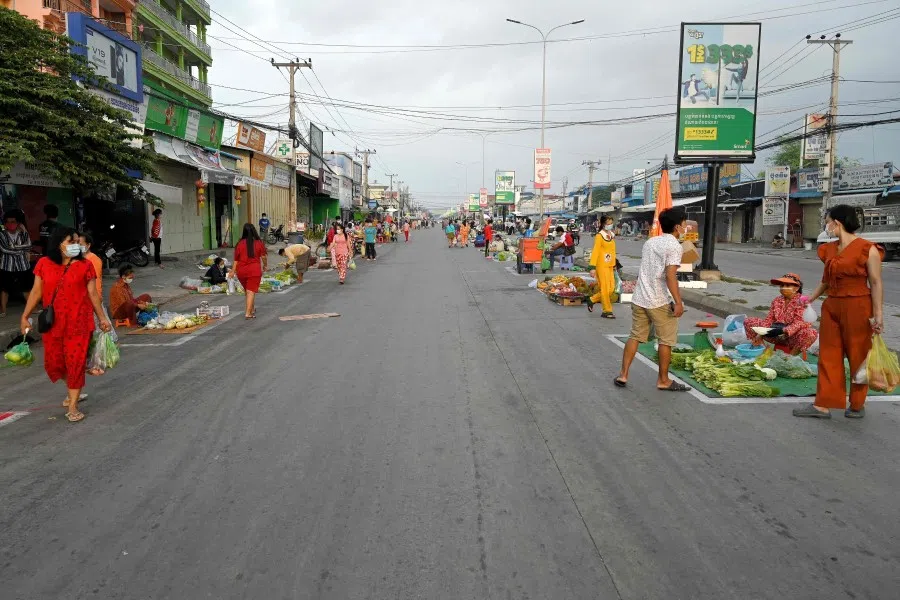
Furthermore, in 2016 under Prime Minister Shinzo Abe, Japan launched its version of the "Free and Open Indo-Pacific" (FOIP) which centres on three pillars: the promotion and establishment of rule of law, freedom of navigation and free trade; commitment to peace and stability; and the pursuit of economic prosperity through improving connectivity. With a financial commitment of US$100 billion for financing the construction of roads, bridges and ports in Asia, FOIP ensures that Beijing's BRI is not the only game in town. FOIP further strengthens Japan's Partnership for Quality Infrastructure (PQI) with key emphasis on job creation, social and environmental impacts, and quality.
As academic Axel Berkofsly states, such "deliberate focus on building 'quality' infrastructure can be seen as a direct attack on the perceived flaws of China-built projects". The authors' field research suggests that in its earlier stage, the quality of Chinese-built infrastructure such as roads appeared to be compromised due to Cambodia's poor governance and lack of oversight associated with Chinese companies' system of multilayered sub-contracting. However, efforts were subsequently made by both sides (Cambodia and China) to address the quality issue.
As mentioned earlier, until the 2000s, Southeast Asia has been regarded as the backyard for Japan's investment, markets and natural resources. China's rise and its outward-oriented foreign and economic policies have changed the geopolitical and geo-economic landscape of Southeast and East Asia. Japan has had to contend with a new donor, investor and geopolitical rival.
To counteract China, Japan has systematically and strategically promoted and revamped its investment and assistance strategies toward Cambodia and other ASEAN member states. Among others, Japan's key PQI-linked projects in Cambodia are the US$800 million sky-train in Phnom Penh and the US$244 million Sihanoukville port upgrade. The latter project, in particular, is an illustration of Japan's balancing-China strategy and Cambodia's hedging strategy (more details below) given that Sihanoukville is the hub of China's economic activities. In the words of Luo and Un, "the Chinese have literally taken over the city".
While China's investment is concentrated in labour-intensive industries like garment and footwear, Japanese investments are largely concentrated in the production of car parts and components, and electrical parts.
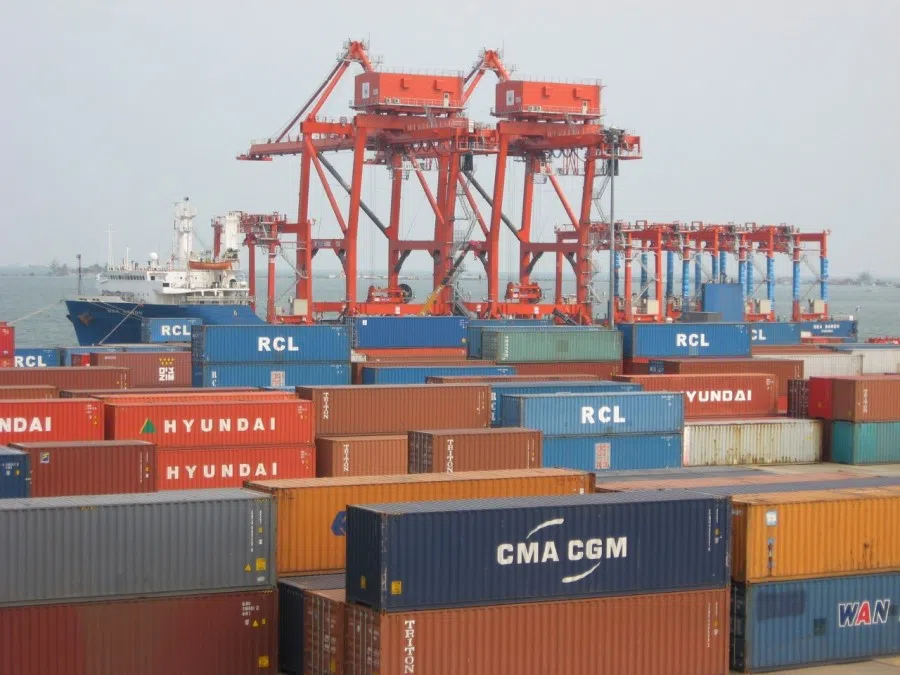
Japan's investment in Cambodia reflects the country's importance in regional production networks and supply chains. By 2019, Japan had 1,700 businesses in Cambodia. The total amount of Japanese investment in Cambodia between 1994-2019 was US$2.5 billion. This amount is low compared to China's total investment in Cambodia which amounted to US$6.1 billion between 2013-2018. However, Japanese investment is different from Chinese investment in some aspects. While China's investment is concentrated in labour-intensive industries like garment and footwear, Japanese investments are largely concentrated in the production of car parts and components, and electrical parts.
Japan, like China, has also played an important role in the establishment of Special Economic Zones (SEZs), one in Phnom Penh and two in Poi Pet in Northwestern Cambodia. Japanese companies also invest in shopping malls to capture the growing consumption expenditure of Cambodia's rising middle class.
On a multilateral front, Japan has revamped the Japan-Mekong Initiative to counter China's Lancang-Mekong Cooperation Framework (LMC) formed in 2015 following the inauguration of the BRI. The LMC's scope is multi-dimensional, encompassing not only water management of the Mekong-Lancang but also other vital areas for inclusive and sustainable development including health, infrastructure, agriculture, trade and investment.
Despite China's declaration of its action plan in the 2020 LMC Leaders Meeting for enhancing transparency and cooperation of water management of the Mekong to mitigate floods and droughts associated with China's upstream water management, sustainable development of the Mekong remains a challenge for the other riparian states. The Japan-Mekong Initiative has focused on infrastructure development, with special emphasis on the environment, sustainability, quality and inclusiveness.
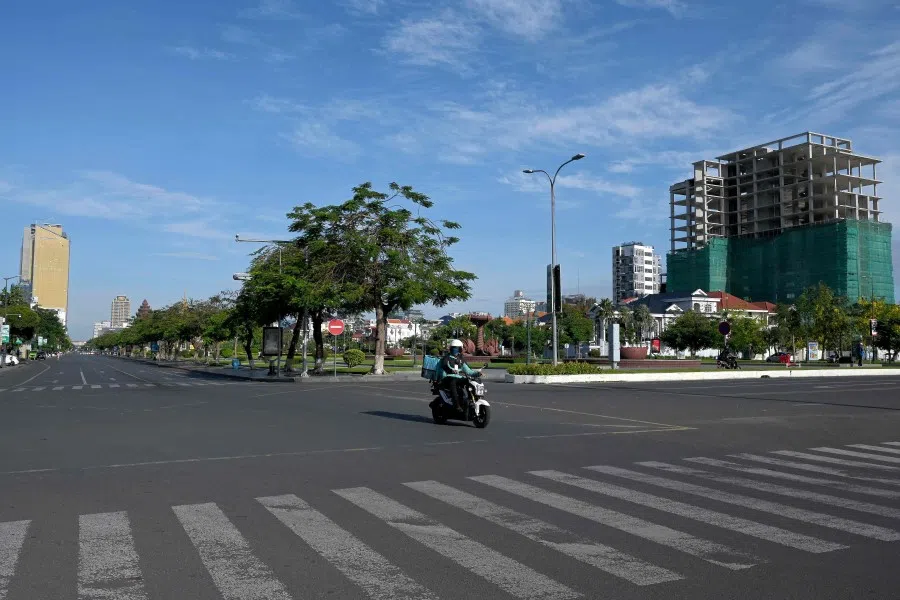
Japan's strategy a relative success
Japan appears to have experienced relative success in comparison to the US and the European Union (EU) in terms of balancing China in Cambodia. Two factors have apparently contributed to Japan's success. The first is that, unlike the US and the EU, but similar to China, Japan's foreign policy is based on the principle of non-interference in the domestic affairs of other countries. Such non-value-based foreign policy rooted in the "ODA Charter of Japan has essentially sought to realise economic development as a precondition of improving human security" including human rights. Consequently, Japan has never attached conditionalities related to human rights and promotion of democracy to its ODA.
For example, in 2017, Japan adopted divergent policies from the EU and the US in response to the Cambodian government's actions to stifle the opposition by dissolving the Cambodia National Rescue Party (CNRP) on the grounds that the party colluded with the US to organise a "colour revolution" to overthrow the Cambodian government. While the EU and the US imposed a variety of sanctions against Cambodia and its leaders, Japan maintained its relations with Cambodia as usual, prompting human rights organisations to accuse Japan of "acting like China".
The second factor that accounts for Japan's relative success is that its assistance is in line with the Cambodian government's strategic development plans that focus on four key areas: development of social and economic infrastructure; improvement of basic social services (health and medical care); promotion of agriculture and rural development; and human resource development. Conversely, EU and US assistance is directed more at promoting democracy and human rights. Moreover, while the EU and the US channel their assistance to civil society organisations, Japan directs its development assistance to the Cambodian government. As a result, Japan's strategy of balancing China in Cambodia suits Cambodia's foreign policy of diversification through hedging with multiple world powers.
As a state highly dependent on foreign aid and preferential trade access, Cambodia's optimal foreign policy option is to avoid placing all its eggs in one basket. The statement by Cambodian Ministry of Foreign Affairs and International Cooperation clearly reflects Cambodia's foreign policy of diversification:
"Cambodia also welcomes and supports all initiatives that promote peace, stability and prosperity in the region, and that are mutually beneficial and complementary. It is, therefore, crucial and necessary to build synergy and complementary among flagship regional initiatives such as the 'Belt and Road', the 'Indo-Pacific Strategy', and other policies of major regional countries toward Southeast Asia, as well as various mechanisms under the Mekong sub-regional cooperation."
Japan's higher soft power derives from three factors: Japan's long reputation for the quality of its products; its quality infrastructure development and sustainable economic investment; and its nationals' good behaviour.

Furthermore, the authors' fieldwork suggests that Japan's soft power in Cambodia is stronger than that of China's. Japan's higher soft power derives from three factors: Japan's long reputation for the quality of its products; its quality infrastructure development and sustainable economic investment; and its nationals' good behaviour.
In contrast, Cambodians are skeptical of the quality and sustainability of Chinese economic investment and infrastructure development in Cambodia. Such scepticism increased following the Chinese investment bubble bust, and the disorder and crimes involving Chinese nationals in the coastal city of Sihanoukville. On Cambodians' perception of the two countries, a Cambodian scholar has remarked that while China commands "a stronger government-to-government relation with Cambodia" than Japan does, the latter commands "more popularity among Cambodians".
The division among ASEAN members over how to address overlapping claims in the South China Sea between China and some ASEAN member-states grants Cambodia geopolitical significance.
Japan's expectations and Cambodia's responses
Japan's overarching strategy is to "pull Cambodia away from China's enormous influence" through increased Japanese development assistance, trade and investment. Although Cambodia is not economically significant in Southeast Asia, it possesses geopolitical significance. A Chinese observer based in Cambodia notes that in comparative terms "Cambodia is so important to China due to ASEAN's consensus decision-making". The division among ASEAN members over how to address overlapping claims in the South China Sea between China and some ASEAN member-states grants Cambodia geopolitical significance.
The general belief among China's rivals, including Japan, is that the inability of the ASEAN Foreign Ministers to issue its usual joint communique in 2012 and 2016 resulted from China's influence over the ASEAN agenda through its pressure on Cambodia and Laos. While this may be true to some extent, the more important reality is that due to limited intra-ASEAN economic assistance, Chinese financial assistance is critical not only for Cambodian economic development but also for the ruling Cambodian People's Party legitimacy. In this regard, there is room for other regional players to play a role.
Japan can continue to proactively engage Cambodia to not only strengthen Japan-Cambodia ties but also to enhance its ties with ASEAN as a whole. Reducing Cambodia's reliance on China's largesse (via Japan providing a viable alternative) means that Beijing's influence on Phnom Penh can be kept in check. Furthermore, to counteract China in the South China Sea, Japan and its key allies need support from ASEAN and its individual members. Because of Cambodia's foreign policy diversification strategy, it was the first country from Southeast Asia to express support for the Japan-proposed FOIP. In 2017, Cambodia's support for Japan's FOIP resulted in military cooperation with Cambodia, including navy ship visits and provision of military assistance to Cambodia's peacekeeping operation.

Japan wins in soft power
In terms of soft power, Japan has won the "hearts and minds" of the Cambodian public who admire the quality of Japanese-funded infrastructure, the behaviour of Japanese tourists and investors, and the benefits of Japanese investment. Conversely, China's soft power appears to have landed in a hard place in Cambodia. This is due in large part to the negative impact of online gambling and its associated negative impacts in Sihanoukville, the improper conduct of Chinese in Cambodia, and the poor-quality infrastructure projects in the initial phase of Chinese investment. However, China has closer government-to-government relations with Cambodia than Japan does. Such a relationship is based on shared common political norms, and China's "unwavering commitment" to promote economic development and support political stability and peace in Cambodia. At present, China's engagement is necessary but not sufficient for Cambodia to realise its goal of becoming a middle-income country by 2030.
In the final analysis, Cambodia welcomes Japan's strategy of counter-balancing China, for it offers Cambodia much-needed development assistance, investment and trade. As long as Sino-Japanese rivalry is kept manageable, Cambodia can afford to remain neutral. Such a position is premised on the assumption that the Sino-Japanese rivalry does not deteriorate into open conflict. If such a conflict ensues, Cambodia will be hard-pressed to choose between China and Japan. Although imaginable, such open conflict remains remote, a situation that permits Cambodia to benefit politically and economically from Japan's balancing-China strategy.
This article was first published as ISEAS Perspective 2021/59 "Japan Passes China in the Sprint to Win Cambodian Hearts and Minds" by Luo Jing Jing and Kheang Un.


![[Big read] Paying for pleasure: Chinese women indulge in handsome male hosts](https://cassette.sphdigital.com.sg/image/thinkchina/c2cf352c4d2ed7e9531e3525a2bd965a52dc4e85ccc026bc16515baab02389ab)



![[Big read] How UOB’s Wee Ee Cheong masters the long game](https://cassette.sphdigital.com.sg/image/thinkchina/1da0b19a41e4358790304b9f3e83f9596de84096a490ca05b36f58134ae9e8f1)